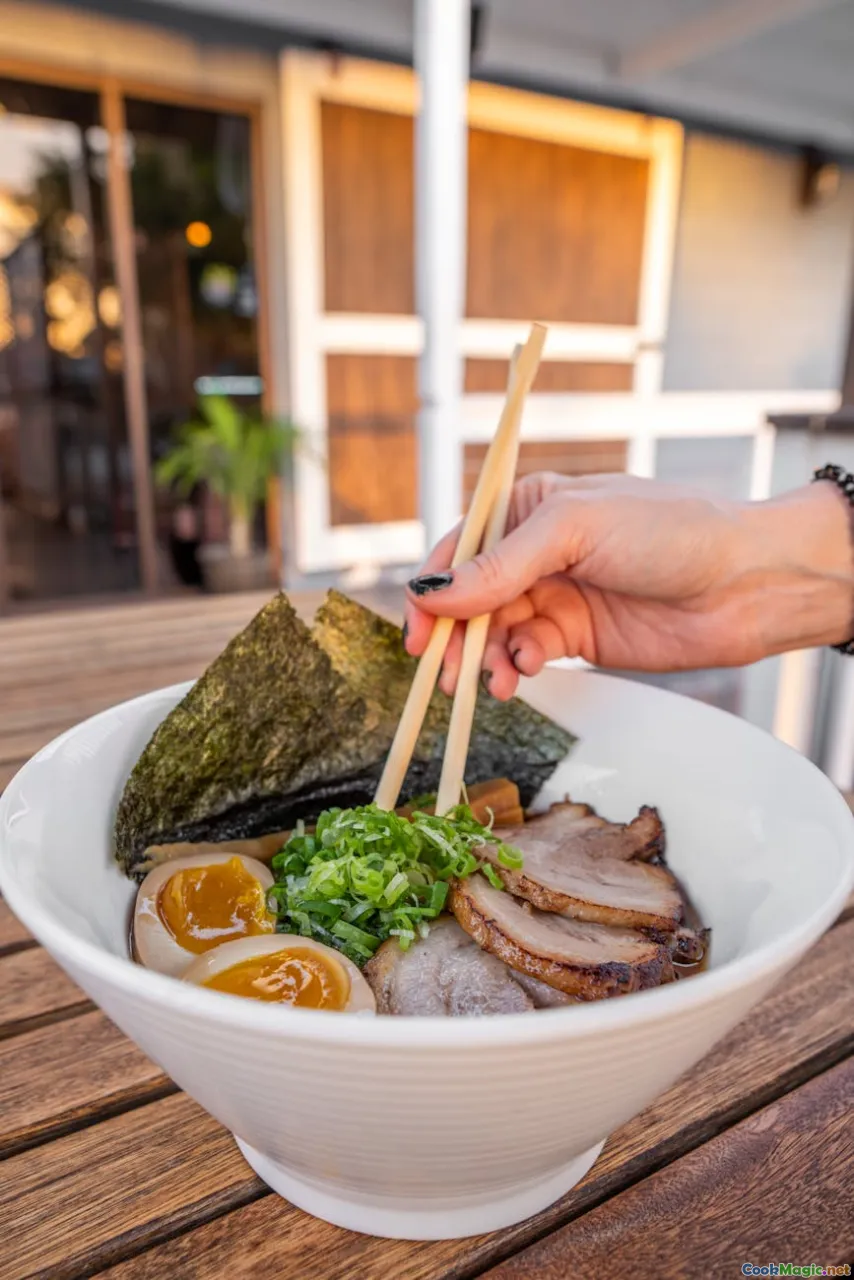History of Pork in Samoan Culinary Traditions
8 min read Discover the rich history and cultural significance of pork in Samoan culinary traditions, exploring its origins, preparation, and enduring role in island life. May 17, 2025 15:00
History of Pork in Samoan Culinary Traditions
Introduction: A Tapestry of Tradition and Taste
Imagine the warm, fragrant smoke curling upwards from an imu—a traditional Samoan earth oven—as succulent pieces of pork crackle with a golden hue. This scene is more than just a feast; it’s a living testament to centuries of cultural resilience, social bonding, and culinary artistry. Pork in Samoa isn’t merely a source of sustenance; it embodies communal identity, spiritual significance, and historical continuity.
From ancient times to the modern day, the journey of pork in Samoan food culture reflects the island’s dynamic history, environmental adaptations, and deep-rooted traditions. It’s a story woven with stories of voyaging Polynesians, colonial influences, and contemporary celebrations. Let’s embark on a detailed exploration of this meat’s remarkable voyage through Samoa’s culinary landscape.
The Origins: Polynesian Roots and Indigenous Practices
Early Polynesian Settlers and Their Diet
Samoa, part of the vast Polynesian triangle, was settled by navigators who journeyed across thousands of miles of open ocean using stars, currents, and oral navigation. Their diet was primarily composed of natural resources abundant on the islands—root vegetables, coconuts, fish, and wild pigs.
The Polynesians introduced pig domestication to Samoa around 1000 AD, a practice that quickly became central to their way of life. Pigs thrived in the lush forests, feeding on fallen fruits, roots, and the abundant vegetation, making them an accessible and sustainable protein source. Unlike other meats, pigs could be reared with minimal tools, fitting well into the subsistence lifestyle of early Samoans.
Cultural Significance of Pigs
In ancient Samoan society, pigs were more than just food; they were symbols of wealth, status, and spiritual offerings. Large pig slaughter festivals, known as ava (ceremonial gatherings), served as social and religious events, reaffirming community bonds and honoring gods and ancestors.
Traditional Husbandry and Hunting
Early Samoans practiced a blend of pig husbandry and hunting. They built puaa (pig pens) using natural materials, and hunting wild pigs was a communal activity, often accompanied by storytelling, song, and dance. The meat was cherished, carefully prepared, and shared among the community.
Colonial Encounters and Their Impact
European Contact and Introduction of New Techniques
The arrival of Europeans in the 18th and 19th centuries brought new tools, diseases, and culinary influences. European settlers and missionaries introduced domesticated pigs with different breeds, often larger and different in flavor from native varieties.
Changes in Pork Preparation and Consumption
Colonial influence led to new cooking techniques—baking, frying, and smoking—that complemented traditional methods. The introduction of cured and processed pork products also appeared, though these never overshadowed the traditional methods.
Cultural Preservation Amid Change
Despite external influences, Samoans maintained core traditional practices. Pigs remained central to religious rituals, chiefly ceremonies, and community feasts, reinforcing their cultural importance.
The Art of Traditional Pork Preparation
The Umū (Earth Oven) Technique
The most iconic method of cooking pork in Samoa is through the umū, a traditional earth oven. The process involves digging a pit, lining it with volcanic stones, and heating these stones with firewood until glowing hot.
Once the stones are red-hot, they are covered with banana leaves, coconut husks, and earth, creating a sealed environment. The pork—marinated with local herbs, coconut milk, and spices—is placed on top of the stones, then covered again with leaves and soil. After several hours, the result is tender, smoky, and infused with the flavors of the earth and foliage.
Other Traditional Methods
Besides the umū, Samoans also roast pork on open flames, grill it with coconut husks, or stew it with taro and breadfruit. Each method imparts a distinct flavor profile and texture, showcasing the island’s resourcefulness.
Signature Dishes
- 'Oka Puaa': A raw pork dish similar to ceviche, marinated in lime, coconut milk, and onions.
- Puligi: A roasted pig, often prepared for special occasions like fa'alavelave (ceremonial gatherings).
- Piga'oa: Smoked pork, with a rich, deep flavor achieved through traditional smoking techniques.
Pork in Modern Samoan Society
Celebrations and Ceremonial Significance
Today, pork remains at the heart of Samoan celebrations. From ava ceremonies to weddings and festivals, a large roasted pig signifies abundance, generosity, and respect.
Contemporary Culinary Innovations
Modern chefs merge traditional methods with contemporary cuisine—think pork sliders with tropical fruit salsas or slow-cooked pulled pork with local spices—bringing Samoa’s culinary heritage to new audiences.
Sustainability and Heritage Preservation
Efforts are underway to preserve traditional pig husbandry and cooking techniques, recognizing their cultural and ecological importance. Community-led initiatives encourage sustainable practices and cultural education.
Personal Reflections and Cultural Insights
As a food enthusiast fortunate enough to experience Samoan feasts firsthand, I’ve witnessed how a simple piece of pork can embody centuries of history. The aroma of umū-cooked pork, mingling with coconut and earth, evokes a sense of connection—across generations, across islands.
Every bite carries stories of voyaging ancestors, communal bonds, and spiritual reverence. It’s a reminder that food isn’t merely sustenance; it’s a living narrative that sustains identity and tradition.
Conclusion: A Legacy Carved in Smoke and Spirit
The journey of pork in Samoan culinary traditions is a testament to resilience and cultural pride. From humble beginnings in the lush forests to grand ceremonial tables, pork has been a symbol of unity, prosperity, and spiritual devotion.
In the fragrant smoke of the earth oven and in the lively gatherings celebrating life’s milestones, the spirit of Samoa’s ancestors lives on—embodied in every tender, smoky bite of pork. As we continue to explore and honor these traditions, we ensure that this rich culinary legacy endures for generations to come.









